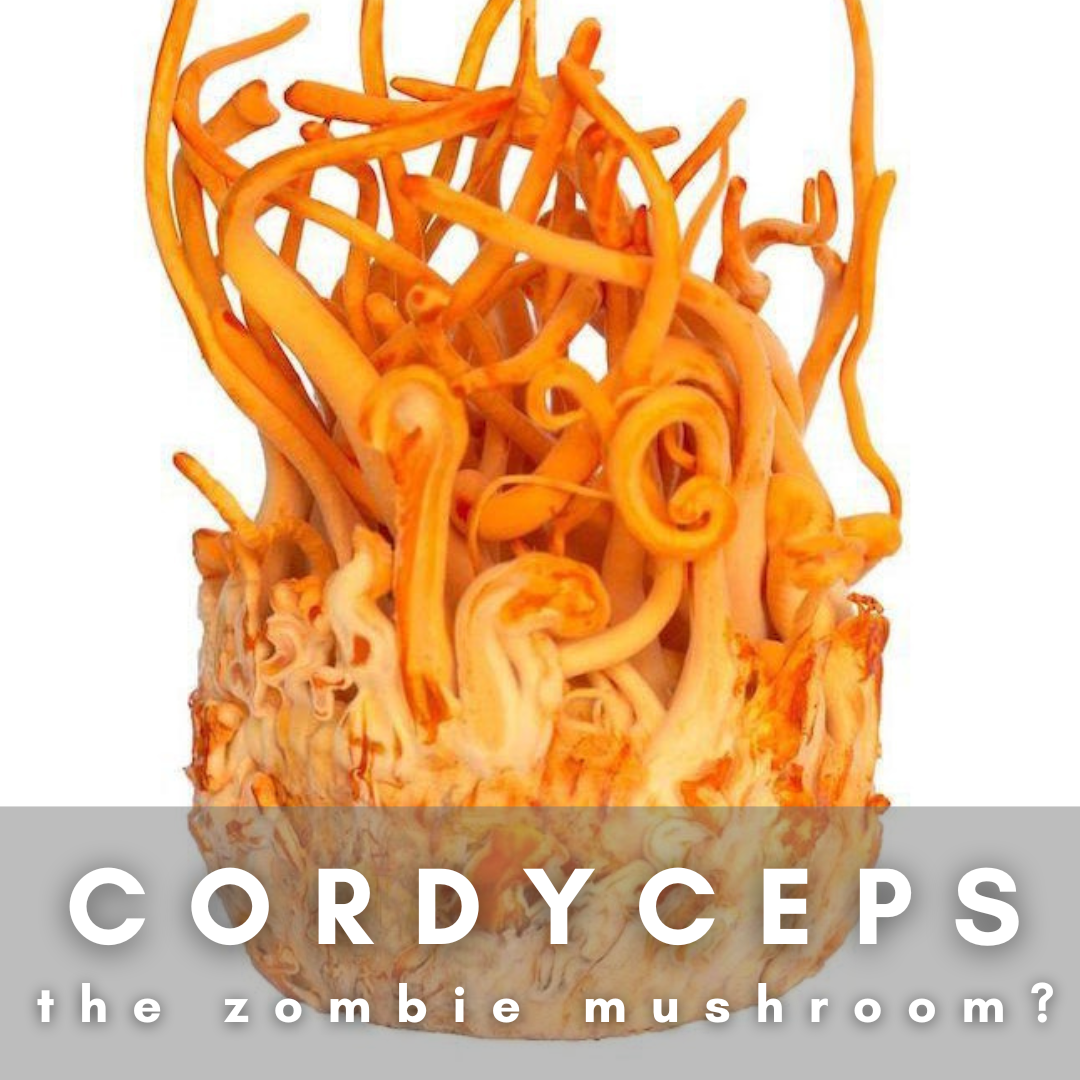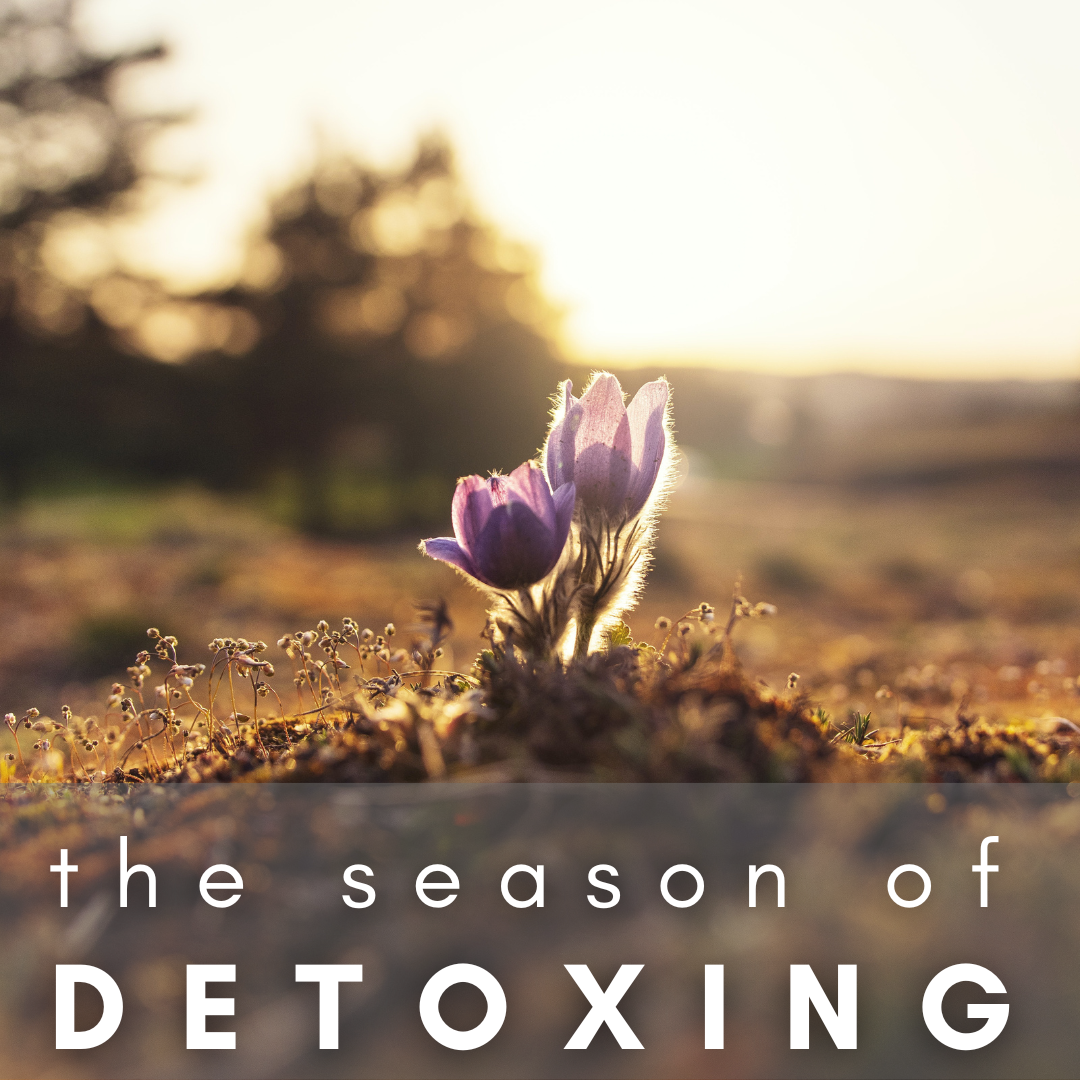*Caution The Last of Us TV show spoilers*

Photo credits to Small Things. Website link
The Last of Us is a zombie apocalypse TV show inspired by a video game that has been gaining widespread attention lately. The show takes a unique approach to the infectious source that causes humans to turn into zombies. Most traditional zombie apocalypse stories involve humans being bitten, dying and eventually turning into a zombie. The zombies in The Last of Us however aren't actually dead upon infection, they're alive but their minds and bodies are taken over by a real life fungus called Cordyceps Mushroom that controls their mind and body. The start of the infection starts when the Cordyceps mushroom mutates and spreads to humans through their infected food supply. Slowly infected humans started to mutate and bite other humans and thus The Last of Us zombie apocalypse began.
What is Cordyceps Mushroom?
Cordyceps is a type of parasitic fungi that can be found all over the world. You can find them in countries like Japan, India, China, Bolivia, Peru, Australia, The United States etc. As a parasite fungi, Cordyceps infects a variety of insects and arthropods. Different species of Cordyceps vary depending on the type of bug infected.
Cordyceps infects it's host by spreading it's spores on as much insect hosts as possible. Once the spores have germinated, a hyphae (a small thread-like filament) starts to grow inside the insect host's body. The filaments then start to grow into "roots" called mycelium that become the structure from which the Cordyceps mushroom eventually forms. The mycelium then consumes the insect from the inside out and when the ideal environmental conditions are in place, a pointed long mushroom (fruiting body) starts growing out from the insect's head. The Cordyceps mushroom then begins it's life cycle again by releasing more spores to infect more insects hosts.
The Last of Us video game and TV show does a great job at highlighting many of the unique qualities of Cordyceps Mushroom as a zombie infection. Here are some examples:

Photo credits to LAD Bible. Website link
- Since Cordyceps mushroom infects it's hosts by spreading spores, players in the video game are sometimes seen wearing full face masks to prevent them from being infected being spore releasing zombies
- Some zombies are connected through root like structures (mycelium). Thus, if a human steps on these "roots" by accident, it can awaken and notify all the other zombies that there is a human near by to attack
- Cordyceps mushroom takes over it's hosts in stages. The host is usually unaware that it is infected until it starts losing it's mobility, it's brain and it eventually dies. The same happens in the show with the infected going through 6 stages. (The Runners, The Stalkers, The Clickers, The Bloaters or Shamblers, The Rat King & death.

Photo credits to belloflostsouls. Website link
Can Cordyceps infect humans?
The question most people ask after watching The Last of Us is whether or not Cordyceps can infect humans. The answer is no. Although Cordyceps has a fascinating ability to infect insects, the same ability to infect mammals is extremely low.
It should be noted that in nature, there are millions of different fungal and mold species that have no infectious effect on healthy humans and Cordyceps is one of them. When we're in nature, we breathe in thousands of different fungal spores. Majority of the time, healthy humans aren't affected due to our functioning immune systems and high body temperatures. Majority of fungal species can't survive above 98.6 Fahrenheit. Due to this fact, some mycologists (fungus experts) theorize that humans have evolved to have this body temperature (1)
There is also a wide range of Cordyceps species in the world, each species is specialized in infecting a certain type of insect in a specific part of the world. To start, one type of Cordyceps species is unable to infect another type of insect in a different part of the world. (1)
The likelihood of a fungus mutating to affect our food supply is low and to add, if a mutated fungus did find a way to infect a human, there is no evidence of humans spreading a fungus infection to other humans. (1)
Another factor to consider is that insects and mammals are fundamentally different as we are made up of different carbohydrates, immune systems and body temperatures. Cordyceps would have to adapt and evolve to succeed at taking over a mammalian host.
Not only does Cordyceps not have any parasitic effect on humans at all, it actually has long been used throughout history by humans for it's medicinal benefits!
Cordyceps Sinensis vs Cordyceps Militaris

Cordyceps Sinensis (now known as Ophiocordyceps sinensis) has been used for centuries in Traditional Chinese Medicinal and Tibetan medicinal purposes. This type of Cordyceps grows on select caterpillars in the high mountainous regions of China as well as select regions in India, Nepal and Bhutan. Now in modern times, this type of Cordyceps strain has become so rare and hard to find that is has become highly sought after for it's medicinal purposes and thus incredibly expensive. This price tag for Cordyceps Sinensis is approximately $20,000 per kilogram which makes it the most expensive mushroom in the world! It is also referred to as Himalayan gold.
Cordyceps Militaris on the other hand can be grown commercially in a mushroom farm. The growing process doesn't involve any insects being harmed and it makes the price much more affordable. As a bonus, Cordyceps Militaris also contains similar health benefits to the Cordyceps Sinensis.
Cordyceps Militaris mushroom benefits:

Photo credits to Om Mushroom Superfood. Website link
- Produces Cordycepin (3′-deoxyadenosine) a health stimulating compound that inhibits the growth of several types of cancer. Cordycepin is also energizing, improves exercise performance, it's immunostimulating, anti-inflammatory and antiviral. This compound is found to be much higher amounts in Cordyceps Militaris compared to Cordyceps sinensis (1).
- A study publised in the Journal of Agricultural and Food Chemistry in 2008 has found that Cordyceps Militaris contains up to 90 times more cordycepin! (2)
- In Traditional Chinese Medicine, Cordyceps is recommended for treating several human disorders such as cardiovascular and respiratory diseases, disorders of the liver and kidney, cancers, diabetes, infectious and parasitic diseases and sexual dysfunctions (3)
- Contains a carbohydrate called polysaccharides.The amount of polysaccharides found in Cordyceps exhibits immune stimulating, anti-inflammatory, antioxidant, hypoglycemic, hypolipidemic, and hepatoprotective and anti-tumor properties (3)
- Contains Ergothioneine which is a non-protein amino acid produced by certain bacteria, plants, and fungi, but it is not produced by mammals and therefore must be provided through the diet. A study with healthy volunteers aged 21-35 years showed that with supplementation of Ergothioneine (at the dose of 5 mg/day and 25 mg/day) was found to be anti-oxidizing. Due to Ergothioneine levels reducing in our body over time, there could be a correlation with lack of Ergothioneine with the onset of neurodegenerative diseases in an elderly population over 60 years of age. (3)
- Rich in carotenoids which gives Cordyceps it's bright yellow orange color. Carotenoids help improve cognitive functions, reduces the level of cortisol and stress symptoms in young and adult people, and induces antioxidant effects (3)
- Contains lovastatin which is a compound belonging to a group called statins that is commonly used in cholesterol lowering drugs (3)
- Contains a peptide called Cordymin that is anti-fungal and anti-viral (3)
It's fair to say that Cordyceps has a long list of incredible health benefits! Interested in trying out this incredible mushroom for yourself? Check out our Cordyceps collection that are all sourced from high quality suppliers! We always ensure our sourcing is of the highest quality for high potency benefits. Quality Cordyceps mushrooms ensures quality benefits.
Our Cordyceps Collection:
Cordyceps Mushroom Extract Powder

Enjoy adding Cordyceps mushroom extract into your coffee in the morning for an extra energizing and immune stimulating boost. It also pairs well in hot chocolate, smoothies, soups and dessert!
Extract Ratio: 8:1 steam extraction.
Instructions: Add 1/8-1/4 tsp to teas, elixirs, smoothies and savory dishes. Store in cool & dry place.

Enjoy taking Cordyceps in a alcohol infused form! This option is great for anyone who has a busy lifestyle on the go as it involves no prep time. Simply take 1-3 droppers as is or you can add in a cocktail, mocktail, lemonade or sparkling water if you want!
100% Organically grown and NON-GMO.Every batch of raw material is tested for potency, purity, and genetics.

Enjoy an energizing cup of Cordyceps Chai powder! This blend is anti-inflammatory, immune stimulating, warming, helps with digestion and is just plain delicious! We recommend adding it with our house made stoneground coconut butter for the ultimate creamy and smooth chai experience!
Coconut Cordyceps Chocolate Bar

Did you know we make high quality, organic and fairly traded, chocolate in house? We source our heirloom cacao beans from Ecuador! We also infuse high quality sweeteners, salts, spices and medicinal mushrooms like Cordyceps in our bars!
Our Coconut Cordyceps Chocolate bar is perfect for anyone wanting a creamy dark chocolate experience!
Ingredients: Cacao paste, cacao nibs, cacao butter, coconut sugar & cordyceps extract
The Best Of Us Chai Elixir

If you want to visit us in store from March 1-31, 2023, we're making an exclusive drink inspired by The Last of Us TV show! This chai elixir is made with Cordyceps! We've also added star anise hydrosol and orange essential oil for an extra twist of flavor!
We hope you enjoyed reading this article! Feel free to reach out to us at anytime with questions by contacting us from the form below!
References
1. Backman, Isabella. “‘The Last of Us’ Apocalypse Is Not Realistic, but Rising Threat of Fungal Pathogens Is.” Yale School of Medicine, February 6, 2023. https://medicine.yale.edu/news-article/the-last-of-us-apocalypse-is-not-realistic-but-rising-threat-of-fungal-pathogens-is/.
2. Naru Kang et al., “Development of High Cordycepin-Producing Cordyceps Militaris Strains,” Mycobiology 45, no. 1 (March 31, 2017): pp. 31-38, https://doi.org/10.5941/myco.2017.45.1.31.
2. Yuan, J. P., Zhao, S. Y., Wang, J. H., Kuang, H. C., Liu, X., Uan, J. I. A. N. I. N. G. Y., … Iu, X. I. N. L. (2008). Distribution of nucleosides and nucleobases in edible fungi. Journal of Agricultural and Food Chemistry, 56(3), 809–815.
3. Jędrejko, Karol Jerzy, Jan Lazur, and Bożena Muszyńska. “Cordyceps Militaris: An Overview of Its Chemical Constituents in Relation to Biological Activity.” Foods 10, no. 11 (October 30, 2021): 2634. https://doi.org/10.3390/foods10112634.



